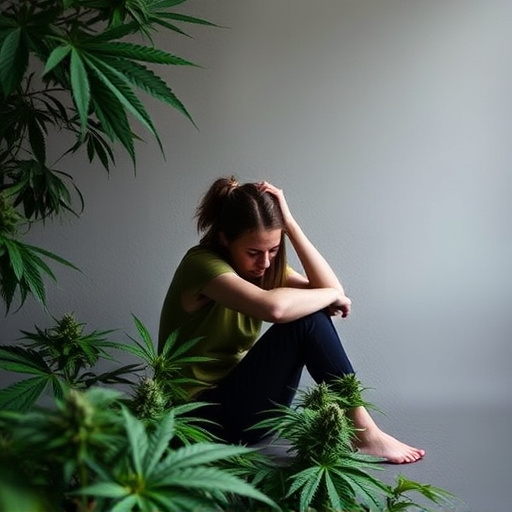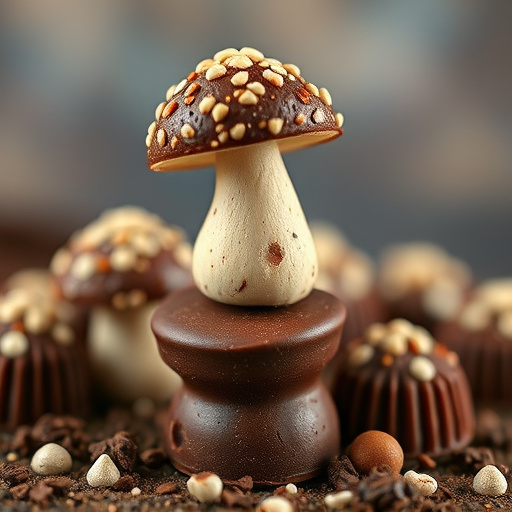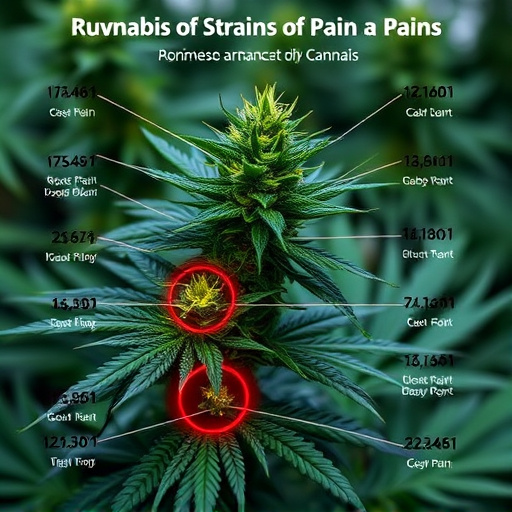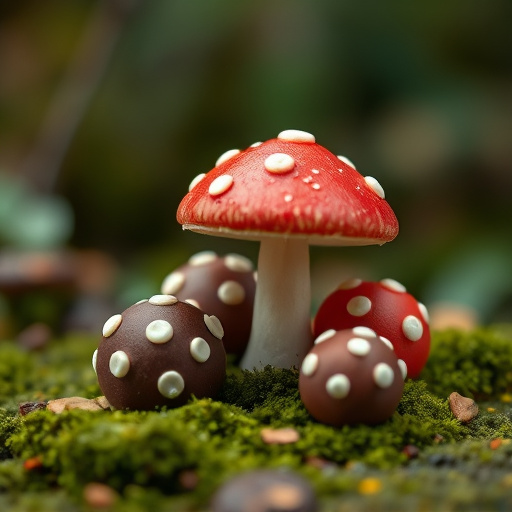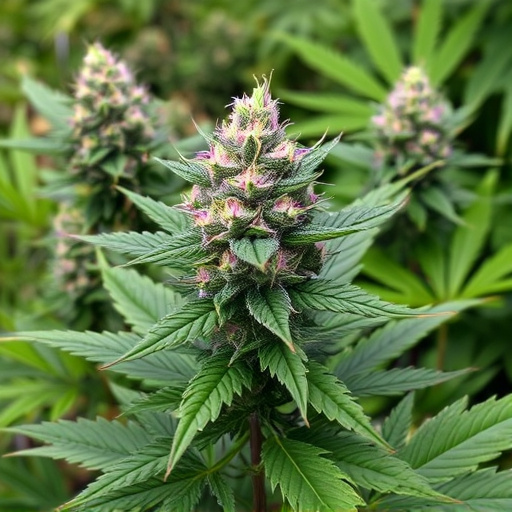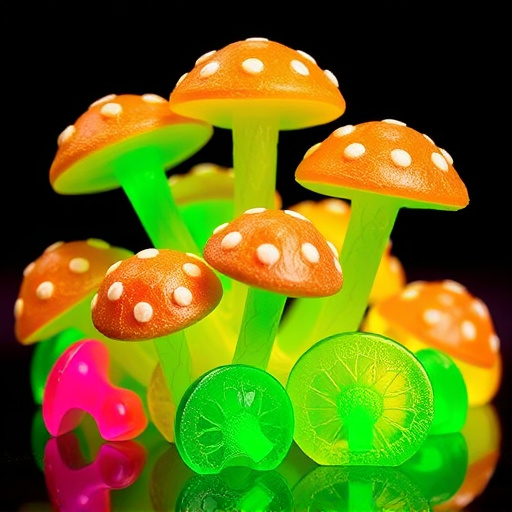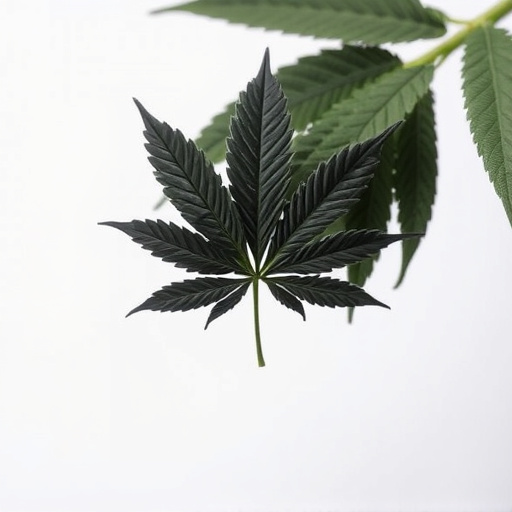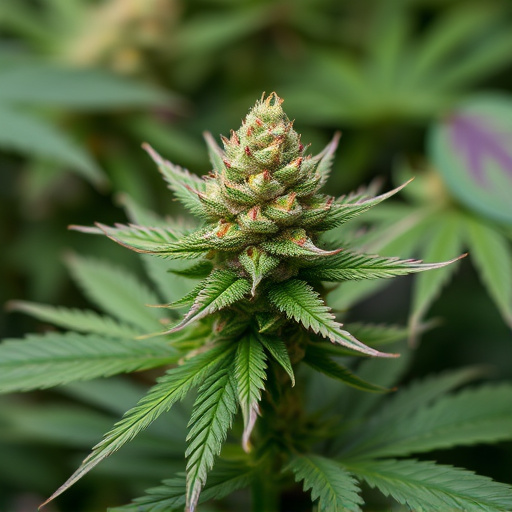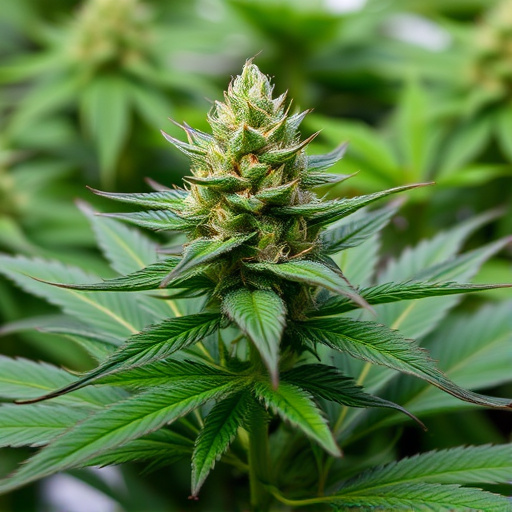The duration of a cannabis high varies greatly (2-6 hours) among individuals, influenced by cannabis type, tolerance levels, consumption method, and desired effects. For PTSD, understanding these factors is crucial when selecting strains. Indica and high-CBD strains are popular due to their potential to alleviate symptoms without inducing euphoria or heightened anxiety. Edibles offer prolonged but variably intense experiences. Health conditions and personal preferences determine the ideal duration of a "high."
“Unraveling the duration of a cannabis high goes beyond mere curiosity; understanding its factors is essential, especially for medicinal users. This article delves into the intricate web of influences behind how long cannabis effects last, focusing on genetic composition and individual variability. We explore how different cannabis strains, known for their therapeutic properties, can affect experiences with PTSD. By examining personal preferences and health conditions, we uncover insights that empower consumers to make informed choices.”
- Understanding Cannabis High Duration: The Basics
- Genetic and Chemical Composition: How Strains Affect Effects
- Individual Factors: Personal Preferences and Health Conditions Impacting High Duration
Understanding Cannabis High Duration: The Basics
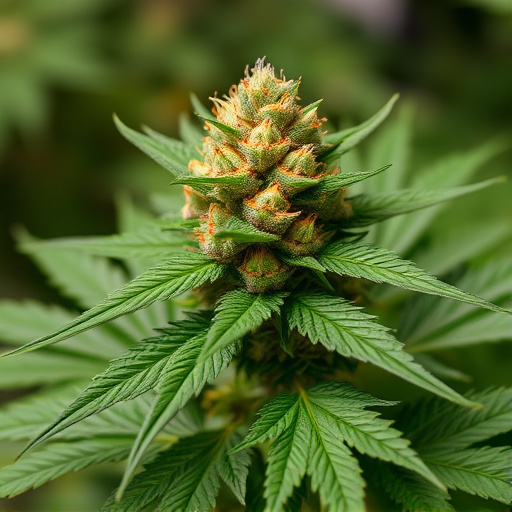
The duration of a cannabis high can vary significantly from person to person and is influenced by several factors. Understanding these variables is crucial, especially for users seeking specific effects, such as those looking for cannabis strains for PTSD. The initial perception of the high’s intensity and its subsequent duration depend on the type of cannabis consumed—indica, sativa, or hybrid—with indica strains often associated with more sedative and longer-lasting effects, making them popular choices for managing anxiety and insomnia.
Additionally, individual tolerance levels play a pivotal role in determining how long one feels the effects. Those new to cannabis may experience a longer high because their bodies are adjusting to the substance. Regular users, on the other hand, might find that the high lasts less time due to built-up tolerance, which requires higher doses to achieve the desired effect. Other considerations include the method of consumption (smoking vs. edibles), as edibles can last much longer but with varying intensity levels throughout the experience.
Genetic and Chemical Composition: How Strains Affect Effects
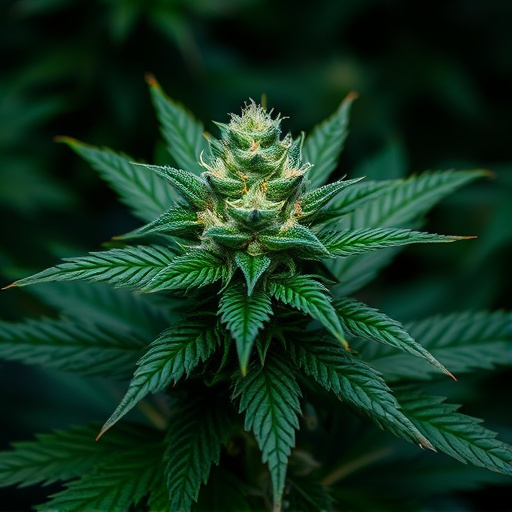
The genetic and chemical composition of cannabis plays a pivotal role in determining the duration and intensity of the “high” experienced by users. Different strains, or varieties, of cannabis possess unique profiles of cannabinoids, such as THC (tetrahydrocannabinol) and CBD (cannabidiol), along with various terpenes that contribute to their distinct effects on the body and mind. For individuals seeking cannabis for conditions like PTSD (post-traumatic stress disorder), understanding these compositions is crucial. Certain strains known for their high CBD content are often sought after for their potential therapeutic benefits, including calming anxiety and reducing flashbacks without inducing a euphoric high, which might be more disruptive for PTSD symptoms.
Cannabis strains with higher THC levels typically produce stronger psychotropic effects but may also increase the risk of adverse reactions like heightened anxiety or paranoia. Terpenes, aromatic compounds found in cannabis, further add to the complexity by influencing how cannabinoids interact with the body’s endocannabinoid system. For instance, myrcene, a common terpene, is known for its sedative properties and is often sought in strains targeted at insomnia or stress reduction. Therefore, the choice of cannabis strain becomes a delicate balance between achieving desired effects, managing potential side effects, and ensuring suitability for specific conditions like PTSD.
Individual Factors: Personal Preferences and Health Conditions Impacting High Duration
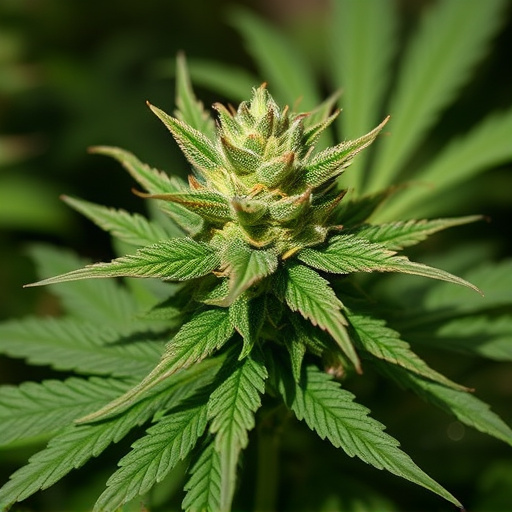
The duration of a cannabis high can vary significantly from person to person, and this is largely influenced by individual factors. Personal preferences play a crucial role; some individuals may seek out specific cannabis strains for their ability to induce longer-lasting effects, while others might prefer shorter highs that allow them to remain functional throughout the day. This preference often dictates the choice of cannabis strain, as different varieties contain varying levels of THC and CBD, which are responsible for the intoxicating and therapeutic effects, respectively.
Health conditions also contribute to the variation in high duration. For instance, individuals with post-traumatic stress disorder (PTSD) might find certain cannabis strains beneficial in managing their symptoms, but the effects can vary widely based on the strain’s composition and dosage. Those with lower tolerance due to pre-existing health conditions may experience shorter highs compared to those who regularly consume cannabis.
Cannabis high duration is a multifaceted topic influenced by genetic composition, chemical profiles, and individual factors. Understanding these variables can empower users to select suitable cannabis strains for conditions like PTSD, optimizing therapeutic benefits while tailoring experiences to personal preferences. By considering the interplay of genetics, chemistry, and personal biology, consumers can make informed choices to achieve desired effects and enhance overall well-being.
